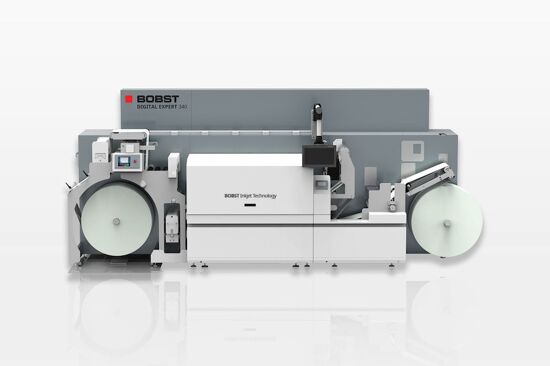Kodak’s Sustainability Report
.png?width=750)
Laurel Brunner shares the findings from Kodak's sustainability report for 2020 which covers the period from 2018 - 2020. Laurel emphasizes that sustainability is as much about a company’s survival as it is about the environment.
A few years ago, it was tempting to write Kodak off as a spent force. And yet the 130-year-old company is still here, and its 4300 employees are still making a difference. Not all of those people contribute directly to the graphics industry but amongst the companies many patents, 2500 are print related. Kodak recently published its sustainability report for 2020, that covers 2018 to 2020. The most striking thing about this report is the reminder that sustainability is as much about a company’s survival as it is about the environment.
According to Dick Szembrot, Kodak’s Director for Health, Safety and the Environment, the company’s “largest business today is commercial printing”.
As one might expect Sonora, Kodak’s processless plate technology, features heavily in the review of its sustainability efforts. Kodak estimates that paired with Kodak computer-to-plate systems, energy savings of 95% are possible using processless plates. However, there is no reference figure for this.
Getting rid of plate processing with a shift to process-free is an obvious choice for any printing company keen to cut their environmental impact. A mandatory expectation of processless plate production should also be a fundamental requirement for any print buyer who wants to be environmentally accountable, from packaging to book printing.
Kodak’s energy usage has reduced, and the company has experienced a 26% decrease in GHG emissions. This is indexed to revenue over the time frame, but the company provides no reference figure. Measures to reduce CO2 emissions by 1400 tonnes of CO2 annually are underway but the effort to reduce both CO2 emissions and water use over the last few years has already yielded positive results. Waste CO2 has decreased from 0.48 metric tonnes in 2018 to 0.3 in 2020. Water usage is also lessened from 1.99 million cubic metres in 2018 to 1.52 million cubic metres in 2020. In 2021, Kodak’s specialty inks and dispersions manufacturing cut energy usage by 41.6% eliminating 50 metric tons of CO2per year.
Other key points from the report include a 55% increase in Kodak’s solvent recovery business. This has seen the company increase to 24.62 million kilos the amount of solvents recovered from non-Kodak sources. Kodak remanufactures used these solvents, so that they can be reused in production applications that would otherwise require new materials thereby contributing to circular economies.
Kodak’s story has been one of sustainability over its 130-year history. Today, the company is focusing on the next phase of its business as a sustainable developer and provider for the printing and publishing industries. Read the full report here.
Cover Image Credit: Kodak
Source Information: This article was produced by the Verdigris Project, an industry initiative intended to raise awareness of print’s positive environmental impact. This weekly commentary helps printing companies keep up to date with environmental standards, and how environmentally friendly business management can help improve their bottom lines. Verdigris is supported by the following companies: Agfa Graphics, EFI, Fespa, Fujifilm, HP, Kodak, Miraclon, RicohSplash PR, Unity Publishing and Xeikon.
Topics
Interested in joining our community?
Enquire today about joining your local FESPA Association or FESPA Direct
Recent news

WrapFest returns to Silverstone amid vehicle customisation boom
WrapFest, the dedicated show for the vehicle and surface decoration community will return to the prestigious Silverstone Race Circuit this year, running from 3-4 October 2024.

Opportunities for large formt printers in labelling
Nessan Cleary shares how labelling can present a unique opportunity for large format print suppliers who are looking to grow and diversify their business.
.png?width=550)
